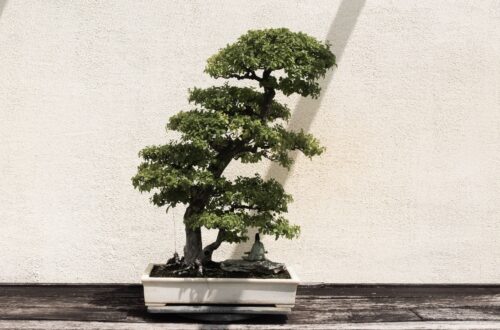
Ho’oponopono: The Five Phrases, Journeying Beyond The Mantra
In the lush landscapes of Hawaii, where the earth meets the vastness of the sea, a spiritual practice has taken root and grown, embracing and transforming souls in its gentle embrace. This is ho’oponopono. For the uninitiated, it might simply sound like a catchy mantra: “I’m sorry, thank you, please forgive me, I love you.” But delve deeper and you discover that ho’oponopono is a profound practice with a rich tapestry of understanding, techniques, and tools. Allow me to guide you through this tapestry, where we’ll address both myths and truths.
The Essence and Evolution of the Mantra
The narrative starts with Dr. Ihaleakala Hew Len, who during his tenure at the Hawaii State Hospital, is said to have employed a particular form of ho’oponopono. However, the waters get murky here. There’s controversy regarding the exact phrasing he used. While he taught the four-phrase mantra, he later distilled it into two potent phrases: ‘Thank you’ and ‘I love you’.
Interestingly, Dr. Hew Len was not the first to spread the ho’oponopono wisdom. His mentor, Morrnah Nalamaku Simeona, offered a more extensive version. Morrnah was a kahuna lapaau—essentially a revered traditional shamanic doctor. Her treatments weren’t restricted to words; she employed a mix of traditional herbs and innovative techniques, adapting to challenges and resources. For instance, when a native Hawaiian plant wasn’t at her disposal in mainland America, she’d substitute with a look-alike, even incorporating modern items like effervescent tablets into her rituals.
Debunking the Myth of Solitary Healing
While Dr. Hew Len’s endeavors at the Hawaii State Hospital are legendary, it’s essential to acknowledge that he wasn’t acting in isolation. Morrnah, with her deep spiritual connection, undoubtedly provided remote support. Simultaneously, the hospital’s staff continued their therapeutic efforts, converging traditional and spiritual interventions.
The ho’oponopono process isn’t a mere recital. It commences with a cleansing prayer and concludes with another, ensuring a holistic approach to healing. And, contrary to some beliefs, repeating the mantra isn’t a sign of its inefficacy. The constant reiteration is a gentle reminder to our inner child, who safeguards lifetimes of karmic-data that yearn for cleansing.
Decoding The Shortened Mantra
It’s imperative to recognize that while Morrnah’s process targets specifics, the shorter mantra, in all its brevity, addresses a broader spectrum. Many, find solace in the three-statement mantra: ‘Thank you’, ‘Please forgive me’, and ‘I love you’. This isn’t a mere personal choice. It’s based on a direct communion with the Divine, an insight that focuses on the inner-child who seeks protection, prefers joy, craves forgiveness, and needs perpetual reassurance of love. Intriguingly, some linguistic nuances, like the absence of an equivalent for ‘I’m sorry’ in native Hawaiian, shape these adaptations.
The Quintessential Fifth Phrase
Now, a recent twist in the ho’oponopono tale is the emergence of a fifth phrase. Dr. Joe Vitale introduces, ‘I forgives myself’. Though it serves as a reminder of Divine forgiveness, it may not resonate with all, as seeking and granting forgiveness operate on different realms. An alternative comes from Srinivas B, a practitioner from Mumbai, India. He advocates personalizing the mantra by invoking one’s religious divinity, bridging the gap between traditional religious practices and ho’oponopono. Whether you align with Dr. Joe or Srinivas or carve your own path is up to you. The essence is the genuine intent behind the words.
Ho’oponopono and The Law of Attraction: A Brief Dissection
In this modern era of spirituality, the Law of Attraction has gained traction. At a cursory glance, one might lump it with ho’oponopono, but it’s crucial to distinguish between the two. While both emphasize positive thinking and intent, ho’oponopono delves deeper, addressing the karmic data we hold, striving for genuine healing and cleansing. The Law of Attraction, on the other hand, might not necessarily have this reparative goal.
A Dialogue between your Soul and Divinity
Embarking on the ho’oponopono journey is akin to tracing the meandering Hawaiian coastlines – there are surprises at every turn, and each step deepens one’s connection with oneself. Whether you’re a beginner intrigued by its mystique or a seasoned practitioner, remember that ho’oponopono isn’t about rigid recitals. It’s adialogue between your soul and Divinity, one that’s as profound as the vast seas surrounding Hawaii.


You May Also Like

Ho’oponopono and the Quest for Universal Consciousness

Ho’oponopono: A Deep Dive into the Hawaiian Spiritual Practice of Healing and Harmony
